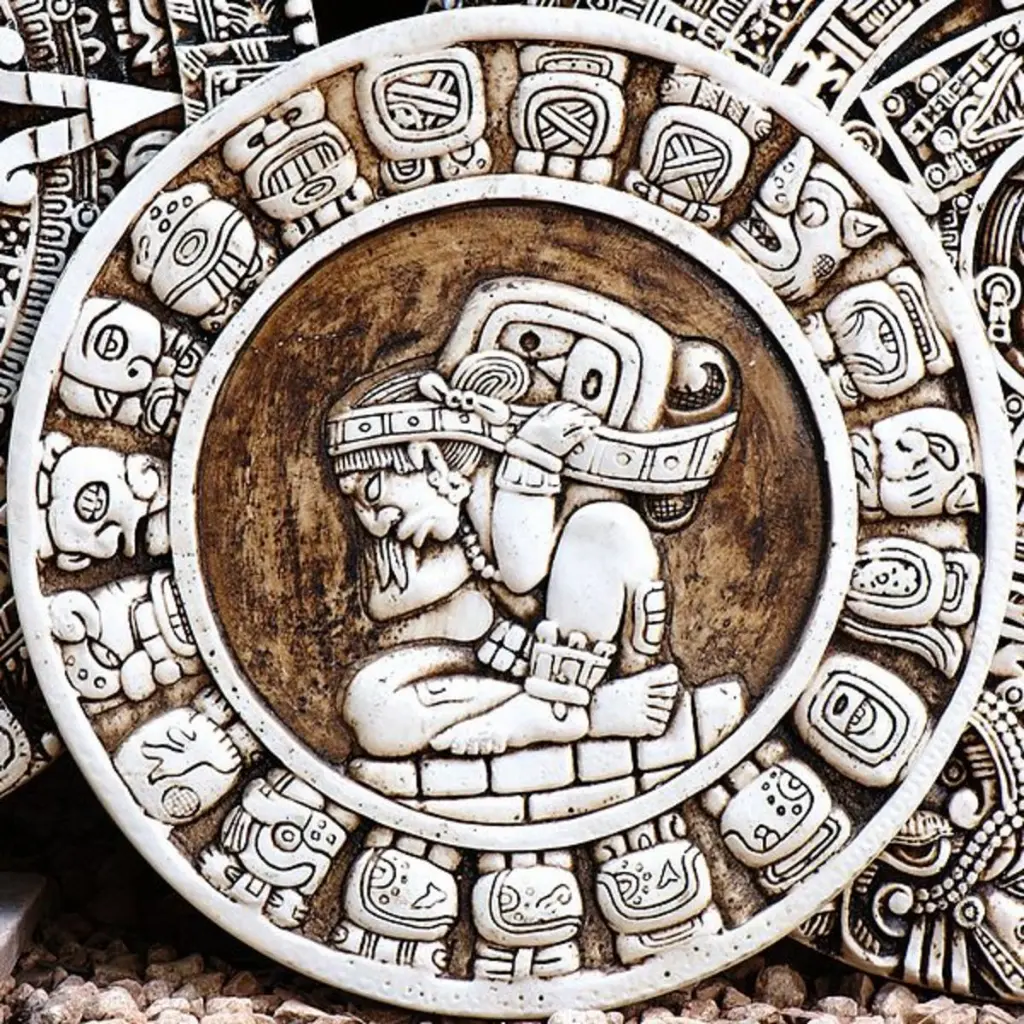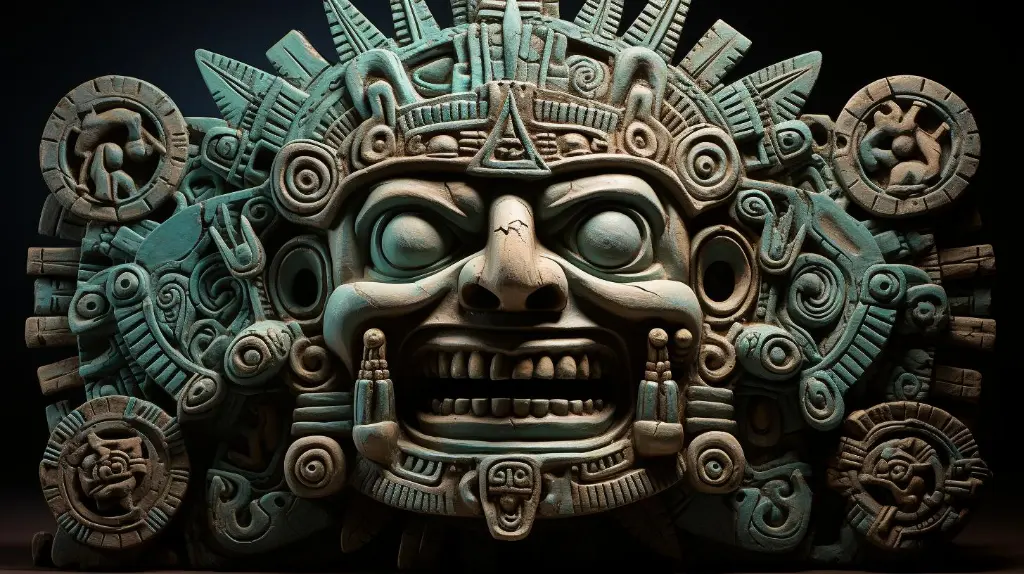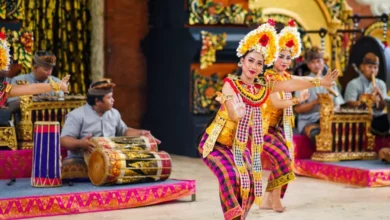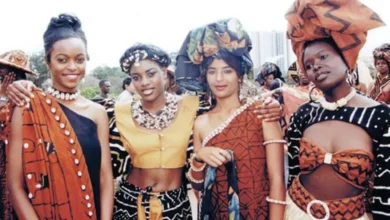The Maya civilization, one of the most remarkable cultures of ancient Mesoamerica, thrived for over 3,000 years, leaving behind awe-inspiring pyramids, a sophisticated writing system, and groundbreaking advances in science.
Stretching across modern-day Mexico, Guatemala, Belize, Honduras, and El Salvador, the Maya built a world of interconnected city-states, each with its own rulers, gods, and traditions. In this article, we’ll explore their rise, achievements, daily life, and enduring legacy—all while unraveling the mysteries that still captivate archaeologists and historians today.
Where Was the Maya Civilization Located?
The Maya inhabited a diverse landscape, from steamy rainforests to volcanic highlands and coastal plains. Key regions included:
- The Yucatán Peninsula (Mexico): Home to iconic cities like Chichén Itzá and Uxmal, known for their limestone pyramids and sacred cenotes (natural sinkholes).
- The Petén Basin (Guatemala): The heart of the Classic Maya period, where Tikal—a city of towering temples—flourished.
- The Highlands of Chiapas (Mexico) and Guatemala: Fertile valleys where crops like maize and beans thrived.
This geographic variety allowed the Maya to adapt through trade, agriculture, and engineering. They built reservoirs to store rainwater in arid regions and terraced farms to prevent soil erosion in the hills.
See also Threads of Time: A Colorful Journey Through the History of Mayan Embroidery
Threads of Time: A Colorful Journey Through the History of Mayan EmbroideryTimeline of the Maya: From Humble Villages to Majestic Cities

The Maya timeline is divided into three major eras:
Preclassic Period (2000 BCE–250 CE): Seeds of a Civilization
Early Maya transitioned from nomadic life to farming communities. By 1000 BCE, villages like Nakbe and El Mirador (Guatemala) grew into bustling cities with pyramids and plazas. The Maya began carving stone monuments, laying the groundwork for their iconic calendar and writing systems.
Classic Period (250–900 CE): The Golden Age
This era saw the rise of powerful city-states like Tikal, Palenque, and Calakmul. These urban centers competed for power, forged alliances, and created masterpieces of art and architecture. The population boomed, and advancements in mathematics, astronomy, and writing reached their peak.
Postclassic Period (900–1521 CE): Resilience and Transformation
Between 800–900 CE, many southern cities collapsed due to drought, warfare, or overpopulation. However, northern cities like Chichén Itzá and Mayapán (Mexico) thrived. The arrival of Spanish conquistadors in the 16th century disrupted Maya autonomy, but their culture survived through oral traditions and hidden practices.
See also Decoding Celtic Attire: A Beginner’s Guide
Decoding Celtic Attire: A Beginner’s GuideEngineering Marvels: Cities That Touched the Sky
Maya cities were feats of urban planning, blending spirituality with practicality. Key features included:
Pyramids and Temples
Structures like Tikal’s Temple IV (143 feet tall) and Palenque’s Temple of the Inscriptions doubled as religious sites and tombs for kings. These pyramids aligned with celestial events, such as solstices and equinoxes, reflecting the Maya’s deep connection to astronomy.
Ball Courts: Where Sport Met Sacrifice
The Mesoamerican ballgame was more than a sport—it was a sacred ritual. Players used hips to maneuver a rubber ball through stone hoops, and losing teams (or captives) sometimes faced sacrifice to honor gods like Hunahpu and Xbalanque, heroes of Maya mythology.
Causeways and Water Systems
The Maya built raised stone roads (sacbeob) to connect cities. In swampy areas like Edzná (Mexico), they engineered canals and reservoirs to manage water for drinking and farming.
Cracking the Glyphs: The Maya Writing System
The Maya script is the most complex writing system in the Americas, combining over 800 hieroglyphs (symbols representing words or sounds). Scribes recorded history, rituals, and astronomy on:
- Stelae: Carved stone monuments celebrating kings’ victories.
- Codices: Folded bark-paper books, though only four survive today (e.g., the Dresden Codex).
The Decoding Breakthrough
For centuries, the script was a mystery. In the 1950s, linguist Yuri Knorozov proved glyphs included phonetic elements. Today, 90% are deciphered, revealing stories like the life of King Pakal of Palenque, who ruled for 68 years and was buried in a jade-filled tomb.
Maya Math and Astronomy: Numbers in the Stars

Mathematics: The Invention of Zero
The Maya used a base-20 (vigesimal) system, counting on fingers and toes. Their numerals included dots (1), bars (5), and a shell symbol for zero—a concept absent in many contemporary civilizations.
Calendars: Masters of Time
- The Tzolk’in: A 260-day sacred calendar for rituals, combining 20 day names with 13 numbers.
- The Haab’: A 365-day solar calendar for agriculture.
- The Long Count: Tracked longer cycles of 5,125 years. Its “end” in 2012 sparked doomsday myths, but the Maya saw it as a time of renewal.
Astronomy: Tracking Venus and Eclipses
Observatories like El Caracol (Chichén Itzá) helped priests predict eclipses and Venus’s movements, which guided wars and coronations.
Daily Life: From Kings to Farmers

Social Hierarchy
- Kings (Ahau): Claimed divine right, acting as intermediaries between gods and people.
- Nobles and Priests: Managed trade, rituals, and education.
- Commoners: Farmers, artisans, and laborers who paid taxes through crops or labor.
- Slaves: Usually prisoners of war or criminals.
Food and Fashion
Maize was sacred, eaten as tortillas or in drinks like atole. The elite enjoyed chocolate (kakaw), spiced with chili or honey. Clothing denoted status: nobles wore cotton dyed with vibrant colors, while commoners dressed in simpler garments.
Beauty Standards
Parents shaped infants’ skulls using boards for a flattened forehead—a sign of nobility. Teeth were filed and inlaid with jade, and body paint symbolized social rank.
Religion: Gods, Blood, and the Afterlife

The Maya Pantheon
The Maya worshipped hundreds of gods, including:
- Itzamná: Creator god and patron of writing.
- Ix Chel: Goddess of fertility and weaving.
- Chaac: Rain god, celebrated with offerings in cenotes.
Rituals and Sacrifices
- Bloodletting: Royals pierced tongues or genitals to offer blood, believing it nourished the gods.
- Human Sacrifice: Reserved for special occasions, like dedicating a new temple.
The Sacred World Tree
The Maya believed a giant ceiba tree connected the underworld (Xibalba), earth, and heavens. Kings often depicted themselves as the tree’s embodiment.
The Classic Maya Collapse: What Happened?
By 900 CE, cities like Tikal and Palenque were abandoned. Theories for the collapse include:
- Environmental Stress: Deforestation and prolonged droughts (proven by lake sediment studies).
- Warfare: Competition between city-states drained resources.
- Overpopulation: Exceeding agricultural capacity led to famine.
Despite this, northern cities like Chichén Itzá adapted and thrived until Spanish arrival.
The Spanish Conquest and Survival of the Maya
In the 1500s, Spanish conquistadors like Hernán Cortés and missionaries targeted Maya cities. Diseases like smallpox decimated populations, and sacred texts were burned. However, Maya communities resisted, preserving languages like K’iche’ and Yucatec and traditions such as weaving and milpa farming.
The Maya Legacy: Alive and Thriving
Today, over 7 million Maya people live across Central America, keeping their heritage alive through:
- Language: 30+ Mayan languages are still spoken.
- Art: Traditional textiles and pottery remain vibrant.
- Archaeology: LiDAR technology has uncovered 60,000+ hidden structures in Guatemala’s jungles, rewriting history.
UNESCO sites like Tikal National Park and Chichén Itzá attract millions, proving the Maya’s timeless allure.
Why the Maya Still Matter

The Maya teach us about resilience, innovation, and humanity’s quest to understand the cosmos. From their astronomical precision to their artistic brilliance, they remind us that even “lost” civilizations are never truly gone—they live on in the stories we tell and the secrets we continue to uncover.
Want to explore more? Visit Guatemala’s Tikal or Mexico’s Palenque to walk in the footsteps of kings!




